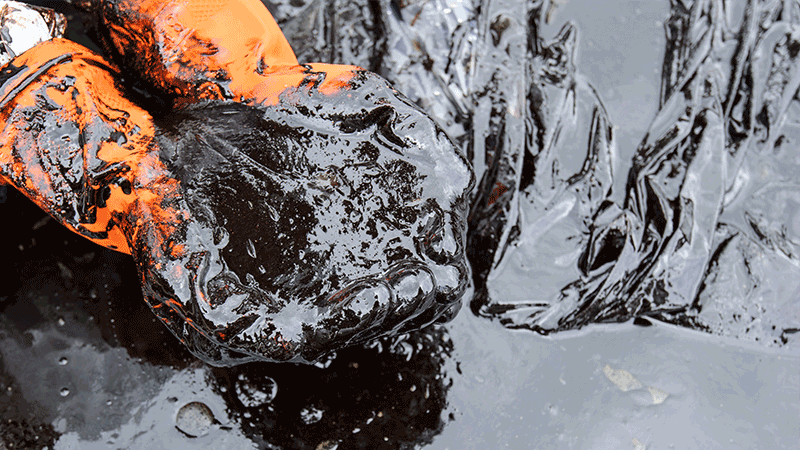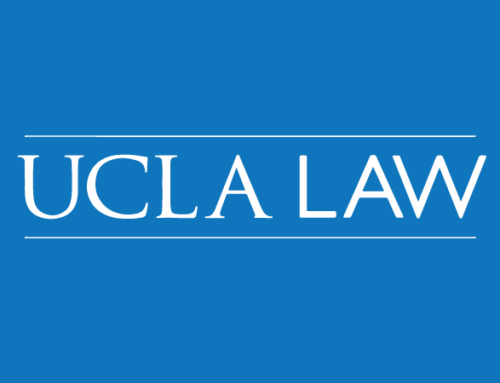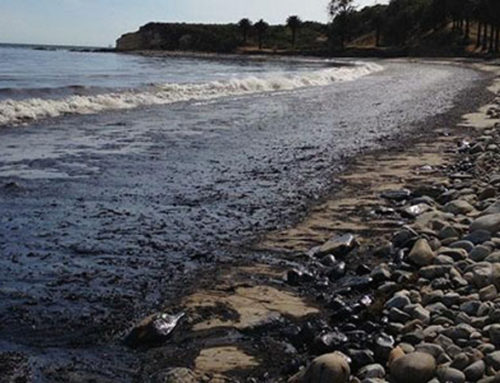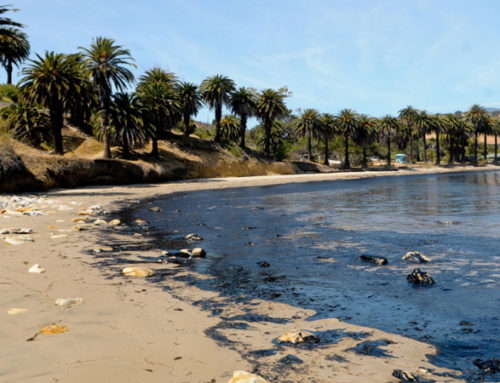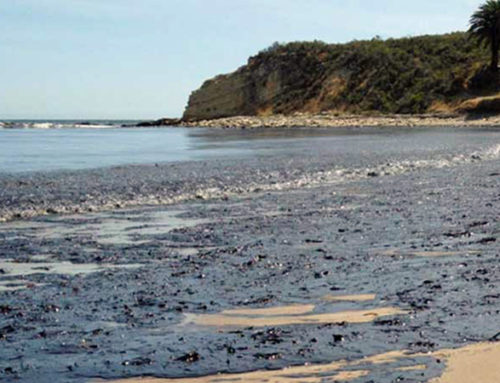By SCOTT STEEPLETON, NEWS-PRESS CITY EDITOR August 25, 2016
Attorneys representing property owners, oil rig workers, commercial fishing-boat operators and others who say they were harmed by the Plains All American Pipeline oil spill at Refugio State Beach will appear before a federal judge in November for a hearing on whether the consolidated cases will proceed as a class-action matter.
On May 19, 2015, as much as 140,000 gallons of crude oil leaked from
Plains-owned Line 901, a 24-inch buried pipeline connecting ExxonMobil’s Las Flores Canyon Facility, 15 miles west of Santa Barbara, to Gaviota.
About 21,000 gallons of crude reached the ocean near the state beach.
Marine life was lost, and the toll on humans — from several hundred and possibly into the thousands — was tough, as well, according to court papers:
- Property owners from the Gaviota Coast to Malibu saw their pristine land sullied;
- Owners of commercial vessels and their crew who fish for halibut, sablefish and other catch were told to stay away. Then customers started expressing worry over possibly tainted fish.
- Crews on the offshore oil rigs saw their jobs come to a halt when the Las Flores facility was shuttered because of the damaged pipeline.
- Entities and people who depend on tourism saw their livelihood hit.
The various cases were consolidated and the law firms representing the plaintiffs are Lieff Cabraser Heimann & Bernstein in San Francisco; Keller Rohrback in Seattle; Cappello & Noël in Santa Barbara; and Audet & Partners in San Francisco.
A motion for class certification filed Monday with U.S. District Court Judge Philip S. Gutierrez in Los Angeles is accompanied by declarations from each of the class members and experts supporting the claim for class certification, including UCSB professors on fisheries and maritime environment; a pipeline expert; a real estate expert; and an economist.
Their declarations, according to Santa Barbara attorney A. Barry Cappello, “document the damages to real property, the fishing industry, tourist businesses, and the loss of wages by the almost 500 oil workers laid off because of the spill.”
A dozen of the representatives do commercial fishing or process fish caught in local waters. Among them, fourth-generation Santa Barbara resident and fisherman Morgan Castagnola, whose great-great grandfather, Salvatore Castagnola, came to Santa Barbara from Italy in the late 1800s to start a fishing business.
“From that time to the present the Castagnolas have fished for halibut in Santa Barbara Harbor,” Morgan Castagnola says in a declaration.
The spill, he says, “basically eliminated the live halibut business I had built up and relied on for years.”
Customers of a buyer he’d been supplying live halibut to for about a decade suddenly “were worried about the quality or safety of such fish as a result of the spill.”
That buyer, he said, has stopped coming to Santa Barbara for live halibut. “Since the spill, I have still been catching and selling halibut, but now I am selling almost exclusively dead halibut.” The difference in price, he says, is a loss of up to $2.50 per pound.
Self-employed and a fisherman since he was 18, the 46-year-old says, “Because there is no longer a viable market for Santa Barbara live halibut, I have made less and expect to earn less in the future than I would have if the spill had never happened.”
Five representatives own or rent property “on the California Coast between Santa Barbara County and the city of Malibu” and represent the injuries of real property owners and lessees, according to court papers.
Another four representatives are oil industry workers who were laid off because Line 901, which dates to 1987, ruptured. They represent “the injuries of individuals in the Santa Barbara oil industry.”
Two people own tourism businesses “that lost revenue as a result of the spill.” This “tourism damage subclass” could include anyone who, at the time of the spill, provided services such as “attracting, transporting, accommodating or catering to the needs or wants of persons traveling to, or staying in, places outside their home community, located from the south coast of Santa Barbara County to the coastal zone of Ventura County” to Point Mugu.
It’s too early to say how many class members there ultimately will be. Court papers say it could be several hundred, and possibly into the thousands.
The hearing on the motion is set for Nov. 7 in Los Angeles.
email: ssteepleton@newspress.com
“Since the spill, I have still been catching and selling halibut, but now I am selling almost exclusively dead halibut.” – Morgan Castagnola, fourth-generation Santa Barbara fisherman

